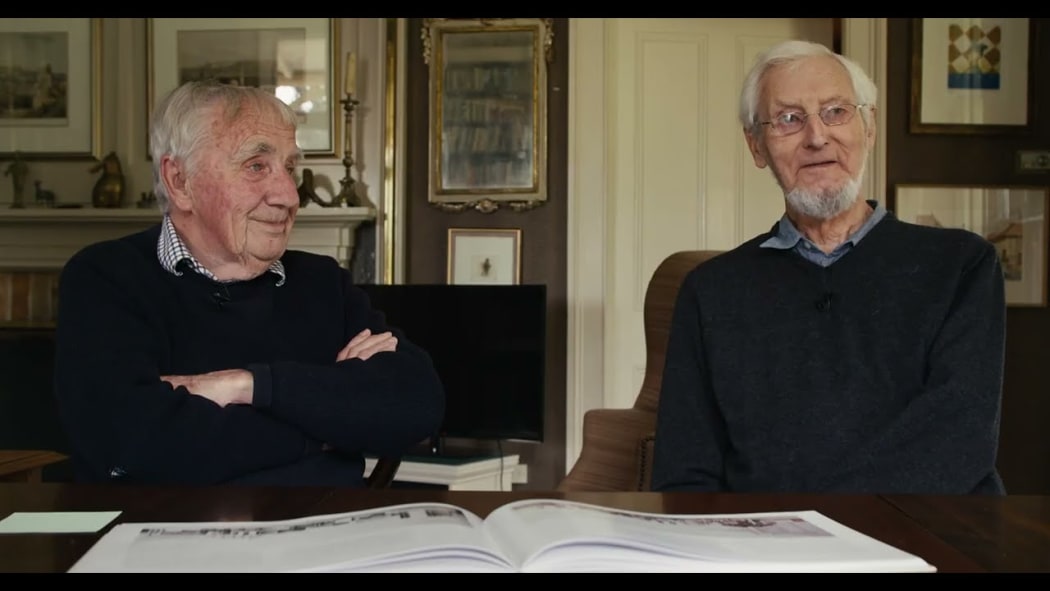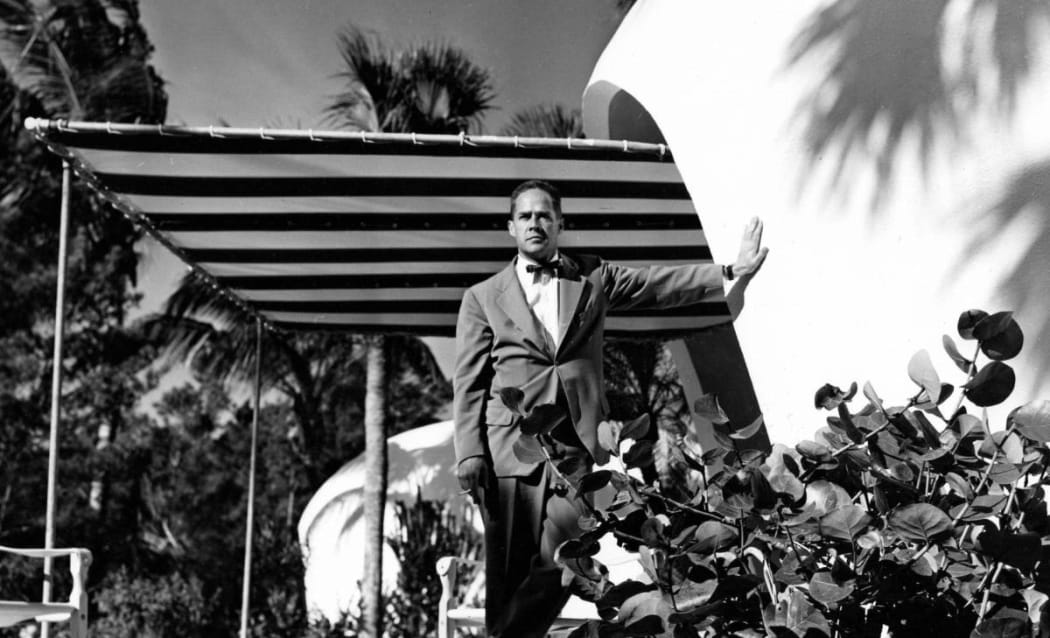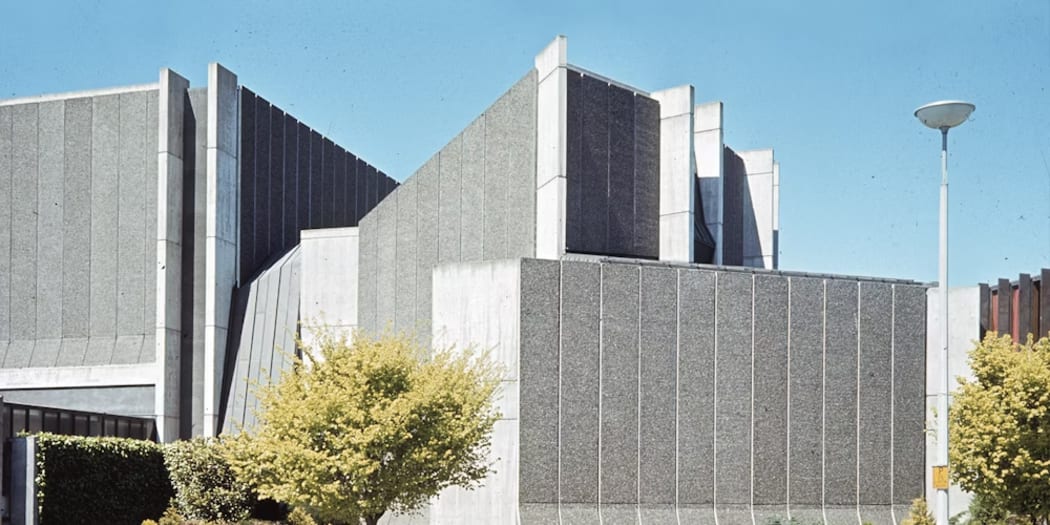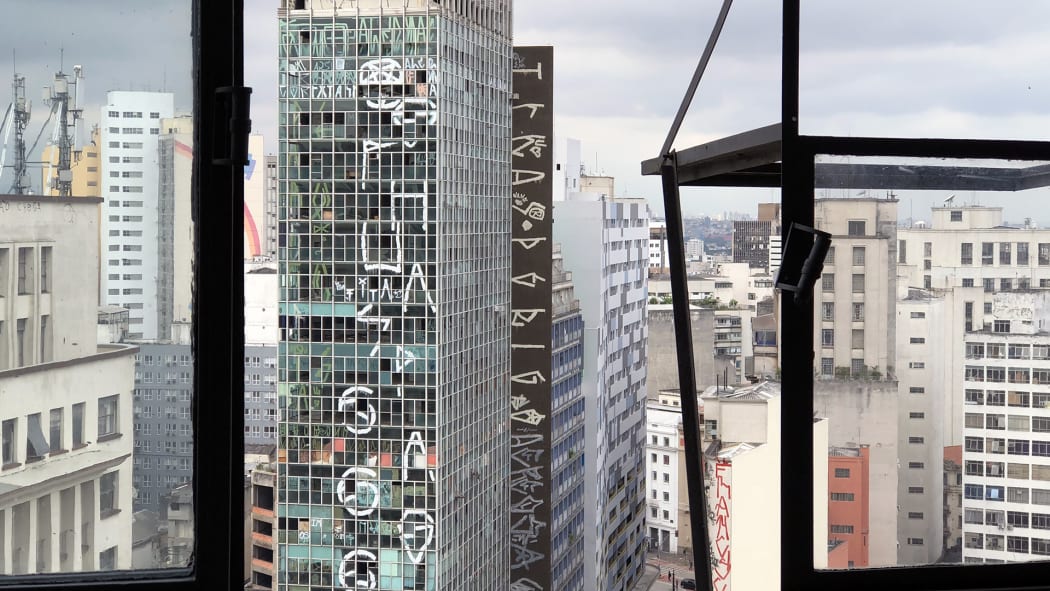Dan Slevin previews three documentaries in this always intriguing interrogation of our built and manufactured environment.

Photo: Architecture & Design Film Festival
The annual Architecture & Design Film Festival is the quiet achiever in our calendar. I have been previewing their programme for RNZ (one and off) since 2018 and have never been offered an uninteresting film. Indeed, some – like Antropocene: Human Epoch from 2019 or The Automat from 2022 featuring a scene-stealing appearance by Mel Brooks – have been among my favourites for each year.
As usual, I asked to preview a random selection of three features and can state with some confidence that at least one of these is going to be in my roundup of the best of the year.
Modernism Inc.

Photo: Architecture & Design Film Festival
There’s something about mid-century modern architecture that keeps drawing documentary makers. Is it because many of these buildings still exist? Or, the huge portfolio of beautiful black and white photography that they inspired (commissioned by proud home owners and the architects who would use them to generate more work)?
The house that Eliot Noyes designed and built for his own family in 1955 (in New Canaan, New York) is heavily featured in the film about him, Modernism Inc., largely because his descendants still live in it.
But, despite being a gifted and successful architect, this biography of Noyes recognises that his career in house building was overshadowed by his influence elsewhere and the grand trajectory of his life is a fascinating one.
He first came to prominence as a curator at the Museum of Modern Art between 1939 and 1946, specialising in industrial design and promoting modern European furniture designs that argued against the kitschy and ornate American fashions of the time.
During the war he became an expert in gliders, training pilots and designers and promoting their use during the D-Day invasion of Normandy. One of those pilots, Thomas Watson Jr., became hugely influential in Noyes’ career as he was the heir to the IBM information technology fortune and destined to one day lead the company.
During the 50s and 60s Noyes and Watson worked together to modernise (that word again) the huge industrial concern, from global branding to a new electric golf ball typewriter, the Selectric, which became the most famous typing tool in the world.
These films about architects and designers are often greatly assisted by the fact that the subjects had access to cameras and home movies and also had the ego to document their lives and this Eliot Noyes film is a great example.
He was an influential polymath but because he had his finger in so many pies, as it were, his name isn’t as well-known as some of his contemporaries.
Maurice and I

Photo: Architecture & Design Film Festival
Often these documentaries are so rich that find myself wanting to see a whole other film about a topic that only gets a mention. In Modernism Inc. it’s the history of IBM that I wanted to know more of but there’s also the disruption by hippies and environmental campaigners of the 1970 Aspen International Design Conference where Noyes realised that his kind of benign modernism was on the way out. It turns out that film does exist, made by Noyes’ son Eli.
Another film I really want to see made is about the hijacking of the Christchurch earthquake rebuild by central government and their donor class, all in the name of ‘certainty’ and ‘speed’. The Key government decided that their hundred-day plan was more important than effective community consultation and socially or environmentally sensitive solutions. Sound familiar?
Anyway, that thought came up during the Maurice and I by Rick Harvie and Jane Mahoney, receiving its world premiere in the festival, a film that starts as a celebration of two enormously successful twentieth century New Zealand architects but then morphs, thanks to the 2011 earthquake, into a film about heritage and priorities.
Sir Miles Warren and Maurice Mahoney were yin and yang (or chalk and cheese). Warren was the gregarious visionary and Mahoney was the taciturn draftsman with the meticulous attention to detail. Between them, they gave every client confidence that they were getting something beautiful – in mid-century modern terms – and also functional and effective.
If painted concrete block can truly be described as ‘beautiful’ then Warren and Mahoney beautified New Zealand. It was the 1972 Christchurch Town Hall project that made their name internationally. They had the help of genius acoustician Harold Marshall and the film certainly gives him his due.
The post ’quake section of the film is where the really gets a head of steam up, following the campaign against the government’s decision to demolish the Town Hall – and many other repairable buildings – in favour of a new masterplan of ‘precincts’.
There’s one sequence that all of New Zealand needs to see, of earthquake rubble being trucked out to the Canterbury countryside to be dumped into landfill, with an oblivious city seen in the distance.
Skin of Glass

Photo: Architecture & Design Film Festival
Maurice and I is meaningful to most local audiences, but the drama is most effective when you don’t know about the disaster that’s coming. International audiences will experience dropped jaws watching it in the same way that I was gobsmacked watching Skin of Glass, the most shattering of the films previewed this year.
At first, I thought it was going to be similar to many architect biographies that I have seen. Denise Zmekhol is the daughter of Brazilian/Syrian architect Roger Zmekhol, who helped create the cityscape of São Paulo during the 60s and 70s. They were estranged and he passed away when she was only 14 – there was no time to reconcile – and the film takes the form of open letters from daughter to father.
Denise returns to São Paulo to find out more about her father through his most famous building, Pele de Vidro, a mid-60s 24-storey modernist masterpiece that was intended to express Brazilian optimism and vitality. Instead, just after completion, there was a military coup and the country descended into fear and authoritarianism.
By the time Denise returned, the building had lain empty for years and was now occupied by hundreds of homeless people – like dozens of other buildings in a city collapsing under the weight of a housing crisis we can barely imagine.
And that’s when the film pivots to become a different film entirely, showing us the painful results of a country’s dedicated commitment to inequality and the invisible victims – humans not economic units – at the bottom of the heap.
When we get inside Pele de Vidro, I was shocked to see the resemblance to the dystopian urban vision of London in the recent Netflix film The Kitchen. It just goes to show that vision was drawn from life (even if that life hasn’t quite come true in the more prosperous Western economies. Yet.)
Skin of Glass is a vitally important film for anyone who is interested in housing and the fragile social fabric we all depend on. It shook me and I urge you all to seek it out if you can.
The Resene Architecture & Design Film Festival opens at Rialto Cinemas in Newmarket, Auckland, on 2 May and then travels to eight cinemas in 6 cities between May and July. Details can be found at the festival website.
Dan’s previews of previous iterations of the festival:

